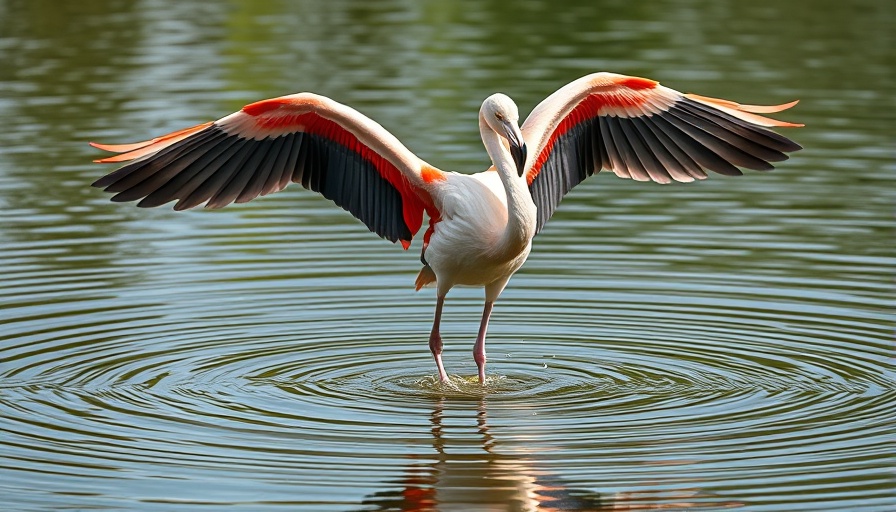
Unveiling the Strength Behind the Color: The Role of Melanin in Bird Feathers
In the avian world, color is not merely ornamental; it serves a crucial function in ensuring survival. Among the most striking features of many bird species are the black feathers seen on the trailing edges of their wings. From storks to flamingos, these black-tipped wings might seem purely aesthetic at first glance, but they hold a deeper significance thanks to melanin—a pigment known for its dual role as both contributor to coloration and protector of the feathers.
The Science of Strength: How Melanin Enhances Feathers
Melanin is more than just a source of color in bird feathers; it plays a vital role in enhancing their durability. Research indicates that feathers infused with melanin show a tougher layer of keratin, the same compound found in human fingernails, rendering them more resistant to wear and tear. This is especially important for the edges of birds' wings—they experience significant aerodynamic stress during flight. As the air rushes past, these melanic feathers provide not only strength but also crucial support for maneuvering and endurance in the sky.
Energy Considerations: A Double-Edged Sword
While producing melanin does require energy, the benefits outweigh the costs for many bird species. By fortifying their feathers against damage, birds save energy in the long run—particularly during migration, when the durability of their feathers can mean the difference between survival and having to retreat and replace damaged plumage. This efficiency is a testament to the evolutionary adaptations that have enabled birds to thrive across diverse environments.
The Broader Impact: Evolutionary Perspectives on Bird Survival
Understanding the relationship between melanin and feather durability offers insights into the evolutionary pressures faced by birds. The need for robust feathers that can withstand harsh weather conditions or evade predation is an ongoing challenge. As birds continue to adapt, those species with optimal melanic feather composition will likely have a competitive edge, showcasing nature's remarkable ability to innovate.
In summary, the presence of melanin in bird feathers is a fascinating demonstration of how form and function intertwine in nature. By exploring this relationship, we gain a deeper appreciation for the intricate mechanisms that support life in the avian realm.
 Add Row
Add Row  Add
Add 




 Add Row
Add Row  Add
Add 

Write A Comment